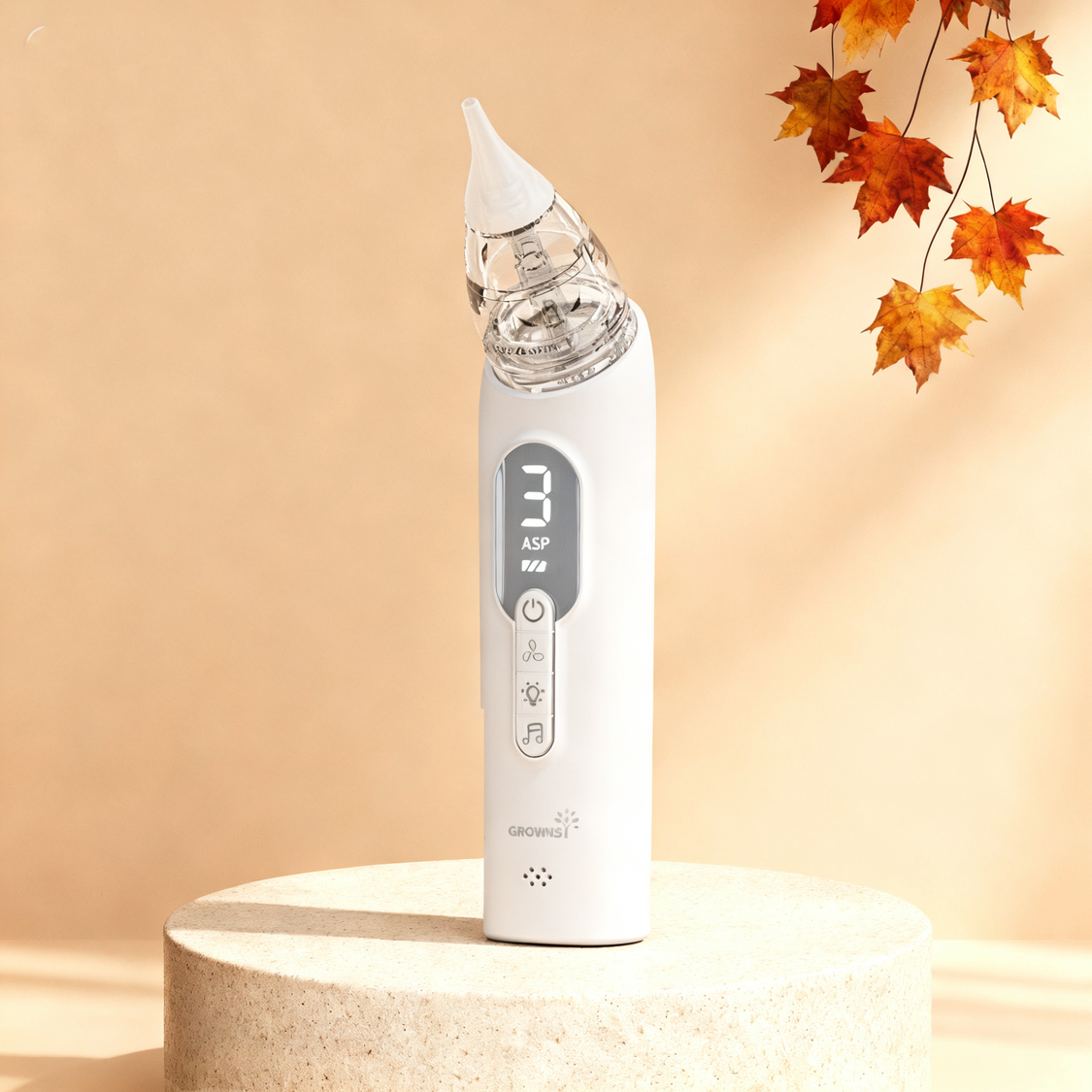Unlock the Secret to a Happy Baby: Discover the Ultimate Nasal Aspirator You Can't Resist!
Nasal health is crucial for newborns, as even minor congestion can disrupt their comfort and well-being. When babies struggle to breathe through their noses, it can lead to feeding issues, disturbed sleep, and increased irritability. As parents, ensuring that our little ones are comfortable is a top priority, and this is where nasal aspirators come into play. These handy devices help clear nasal passages, providing immediate relief from congestion caused by colds, allergies, or environmental irritants. With numerous options available, understanding the different types of nasal aspirators can help you make an informed decision when purchasing one for your newborn.

Understanding Nasal Congestion in Newborns
Nasal congestion in newborns can arise from various causes, including common colds, allergies to dust or pet dander, and even environmental factors like dry air. Newborns are particularly susceptible to congestion as their nasal passages are small and can easily become blocked. Symptoms to watch out for include noisy breathing, difficulty feeding, and increased fussiness. If you notice persistent congestion that interferes with your baby's feeding or sleeping, it’s wise to consult a pediatrician. Recognizing these signs early on can help you take appropriate action to ensure your baby remains comfortable and healthy.
Types of Nasal Aspirators
When it comes to nasal aspirators, there are three main types: bulb syringes, manual aspirators, and electric aspirators. Each type has its pros and cons, making it essential to choose the one that best suits your needs. Bulb syringes are traditional and inexpensive, while manual aspirators give parents more control. On the other hand, electric aspirators offer convenience and efficiency, making them a popular choice for many. Understanding the differences between these types will help you determine which nasal aspirator is most appropriate for your newborn's needs.
Bulb Syringes
Bulb syringes are simple devices that consist of a soft rubber bulb and a narrow tip. To use one, you squeeze the bulb to expel air, insert the tip into your baby's nostril, and then release the bulb to create suction. These syringes are easy to use and can be very effective at clearing mucus. Many parents find them beneficial for quick, on-the-go relief, especially when a congested baby is fussy and needs immediate comfort. However, some may find it challenging to achieve the right suction, especially if they are unfamiliar with the technique.
Manual Aspirators
Manual aspirators typically consist of a tube and a collection chamber. Parents create suction by using their mouth to draw mucus out of their baby's nose. This method allows for better control over suction power, which can be crucial for delicate nasal passages. Many parents prefer manual aspirators as they are often quieter and can be less intimidating for newborns. However, they do require a bit more finesse and practice to use effectively.
Electric Aspirators
Electric nasal aspirators are designed for convenience and efficiency. They often come with various suction settings and features designed to make the process easier for both parents and babies. The ease of use can be a significant draw for busy parents, as they can quickly clear congestion with minimal fuss. However, it's essential to ensure that any electric aspirator is safe and gentle enough for use on your newborn’s sensitive nasal passages.
How to Choose the Right Nasal Aspirator
When selecting a nasal aspirator, consider several factors to ensure you make the right choice. Look for models that are easy to clean, as hygiene is paramount when caring for a newborn. Safety features are also essential; ensure the aspirator has been tested for use with infants. Noise level can be a concern; quieter models may be less intimidating for your baby. Additionally, consider the suction power; some babies may require a gentler touch, while others may benefit from stronger suction. By evaluating these aspects, you can choose an aspirator that meets your family's needs.
Tips for Using a Nasal Aspirator Effectively
To use a nasal aspirator safely and effectively, it's vital to choose the right time and technique. Always aim to use the aspirator when your baby is calm and relaxed, ideally after a bath or during a feeding session. Gently squeeze the bulb or activate the suction, ensuring not to insert the tip too deeply into the nostril. It can help to position your baby at a slight incline, which may make the process easier. If your baby becomes upset, try to soothe them with soft words or gentle rocking to make the experience more comfortable.
Ensuring Comfort and Health for Your Newborn
Nasal aspirators play a crucial role in ensuring the nasal health of newborns. By understanding the different types available and selecting the right one for your infant's needs, you can provide immediate relief from congestion, leading to greater comfort and well-being. Remember that using the aspirator effectively is just as important as choosing the right product. Prioritizing your baby's nasal health will help you create a happier and more content environment for both you and your little one.



